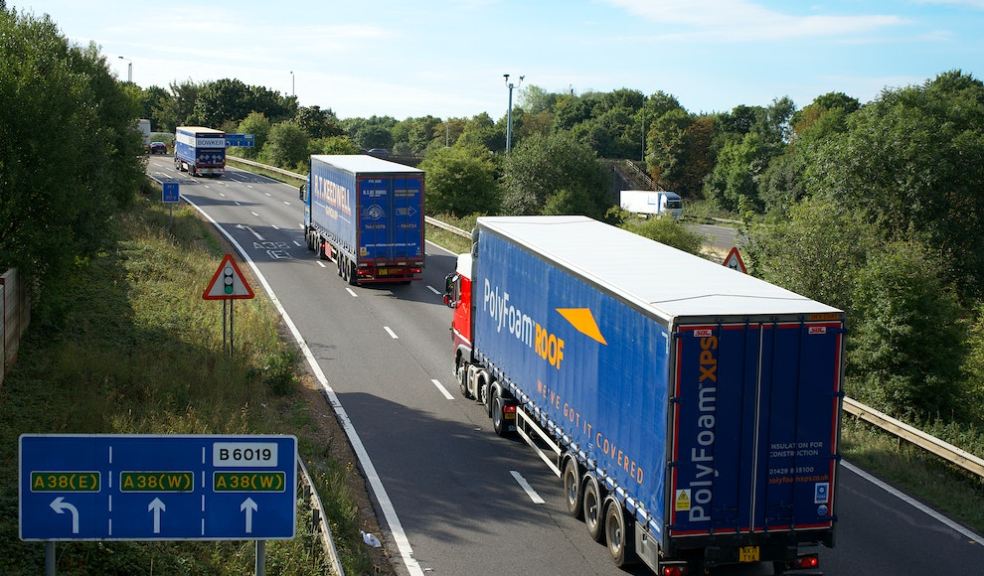
Delivering the Future: Getting Products to Consumers in the 21st Century
Digital technology is weaving its way into every aspect of modern life, and the supply chain is no different. Since the days when ships had sails, products and raw materials have been transported across the globe to warehouses, factories, and consumers. How we do this has changed little over the centuries, but the responsibilities that every business has at every stage of the supply chain are changing massively. Digital technology can help streamline these processes and ensure regulatory compliance. These are some of the other ways of getting products to consumers in the 21st century.
Fleet Management and Compliance
The fastest way to implement emerging technology into the supply chain is to introduce software that streamlines and speeds up fleet management and compliance obligations. This increases capacity at every level, from managers to drivers to warehouse personnel. Compliance is an important part of the industry, and managing and monitoring large fleets of HGVS can be incredibly time-consuming, yet compliance is crucial.
Smart software allows remote managers to conduct tachograph analysis at any time and ensure their drivers and HGVs are operating in compliance with government regulations. FleetGO offers incredibly versatile tachograph analysis software that puts all the data at the fingertips of HGV fleet managers. The data is stored securely in a cloud server, so anyone can monitor and manage the HGV fleet anywhere, and at any time. This makes compliance easy, and a lot quicker, giving management more time to concentrate on other tasks.
Multi-Modal Shipping Powered By AI
There are many different ways to get a product from its place of manufacture to storage warehouses, and on to consumers or points of sale. As more businesses search for ways to speed up their supply chain while also reducing their carbon footprints, multi-modal shipping solutions that are powered by artificial intelligence algorithms will become a ‘must-have’ technology for logistics firms. Using these systems can cut down on delivery time while also cutting down on emissions.
Multi-modal shipping uses every form of transport to get products onto shelves or to consumers quickly, but this can come at a cost to both the company and the environment. Algorithms and artificial intelligence can be leveraged to find the most carbon and cost-efficient methods of getting products to where they need to be in a short amount of time. This technology is going to power the supply chain of the future, and businesses that fail to adopt the tech will fail to succeed in a competitive marketplace.
Everything is Connected
When thinking of supply chains and logistics it is easy to visualise the physical connections every package, warehouse, and mode of transportation has with one another, but in the future, they are going to be connected in other ways. The Internet of Things (IoT) has been talked about for years now, mostly with a focus on the home or the office. Now all products, packages, shelves, and transports can be linked together in a huge network that can be monitored and managed remotely.
RFID tags, Bluetooth systems, GPS tracking, and low-voltage networks are all finding a place inside warehouses and trucks, allowing real time tracking for both logistics firms and their customers. With every box, forklift, truck, and worker connected to a network of devices it becomes possible to take a deep dive into the data they generate to find efficiencies and streamline processes.
Regulatory Transparency Through Smart Tracking
In the European Union, companies of all kinds are being encouraged to not only reduce their impact on the environment but also ensure that they are adhering to human rights, equity, and diversity across all aspects of their business. The EU Supply Chain Law was enacted in 2021 and came into effect at the beginning of 2023. Technology is going to have to be used to ensure compliance with this law when operating in the European Union to help logistics firms and manufacturers avoid using child labour or exploiting poor quality labour laws in less developed parts of the world.
Products and raw materials need an auditable supply chain to ensure they have come from sources that respect the environment and human rights. Blockchain technology can be a crucial technology to help businesses achieve these requirements. At every stage of the process individual packages, parts, and materials can be tracked with important information attached by workers and managers that can be monitored. The data generated can be used to demonstrate compliance and make the supply chain completely transparent to regulators.
The future is bright for supply chain and logistics firms. Emerging technologies can speed up processes and make them more cost and carbon efficient, lowering costs for businesses and consumers. Implementing these technologies comes at a low cost too, so companies across the world can add them to their business without having to pass on a great cost to their clients.











